Managed Hosting for WordPress Blog
-
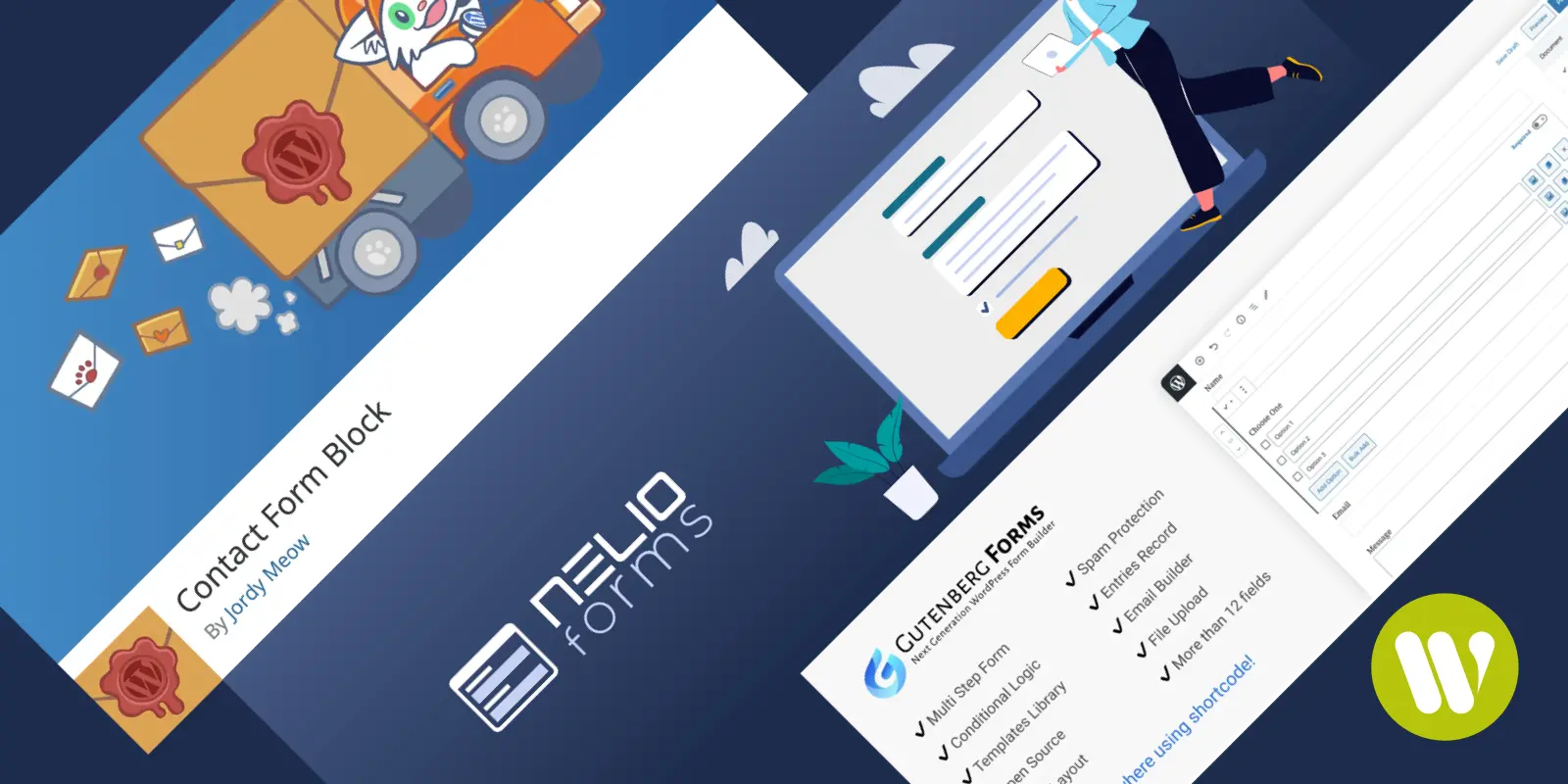
WordPress Contact Forms: Top 3 Block Plugins
Contact forms fulfill one of the goals of a website, which is that anyone can get in touch with its owner. It is possible in many ways, but the easiest (and most efficient) way to…
-
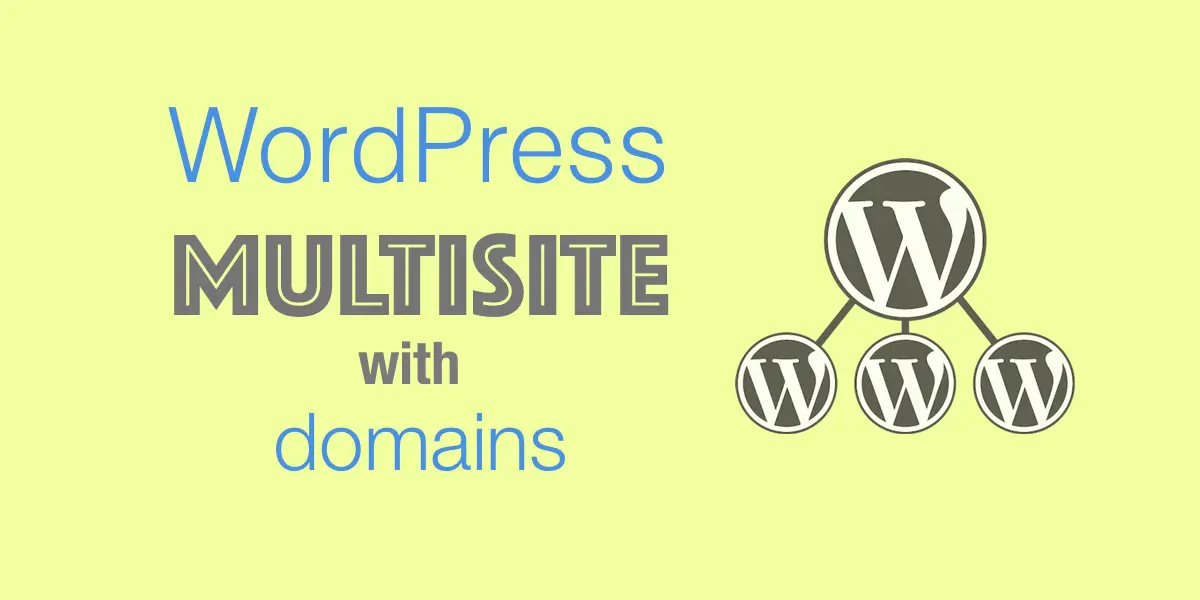
How to Setup WordPress Multisite with Multiple Domains
This post will walk you through setting up a WordPress Multisite with different domains. The idea is to manage, with a single WordPress install multiple sites with different domains: e.g. mysite.com mysite.store other.com.
-
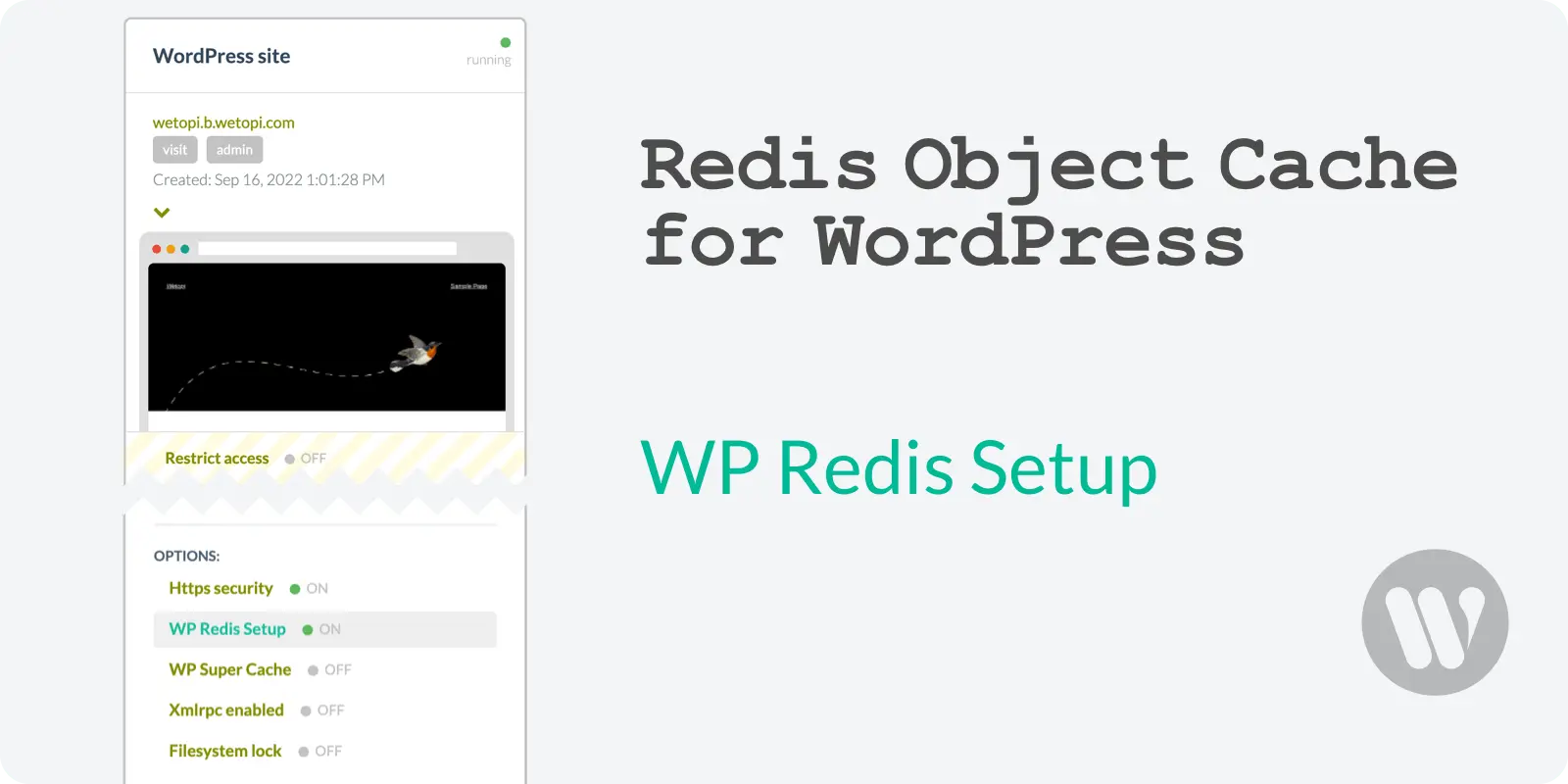
Redis Object Cache for WordPress: complete guide
WordPress Redis Object Cache can increase your WordPress website’s performance, but not every slow website can benefit from it. Learn when Redis is good for WordPress and when it’s not, how it works, and how…
-
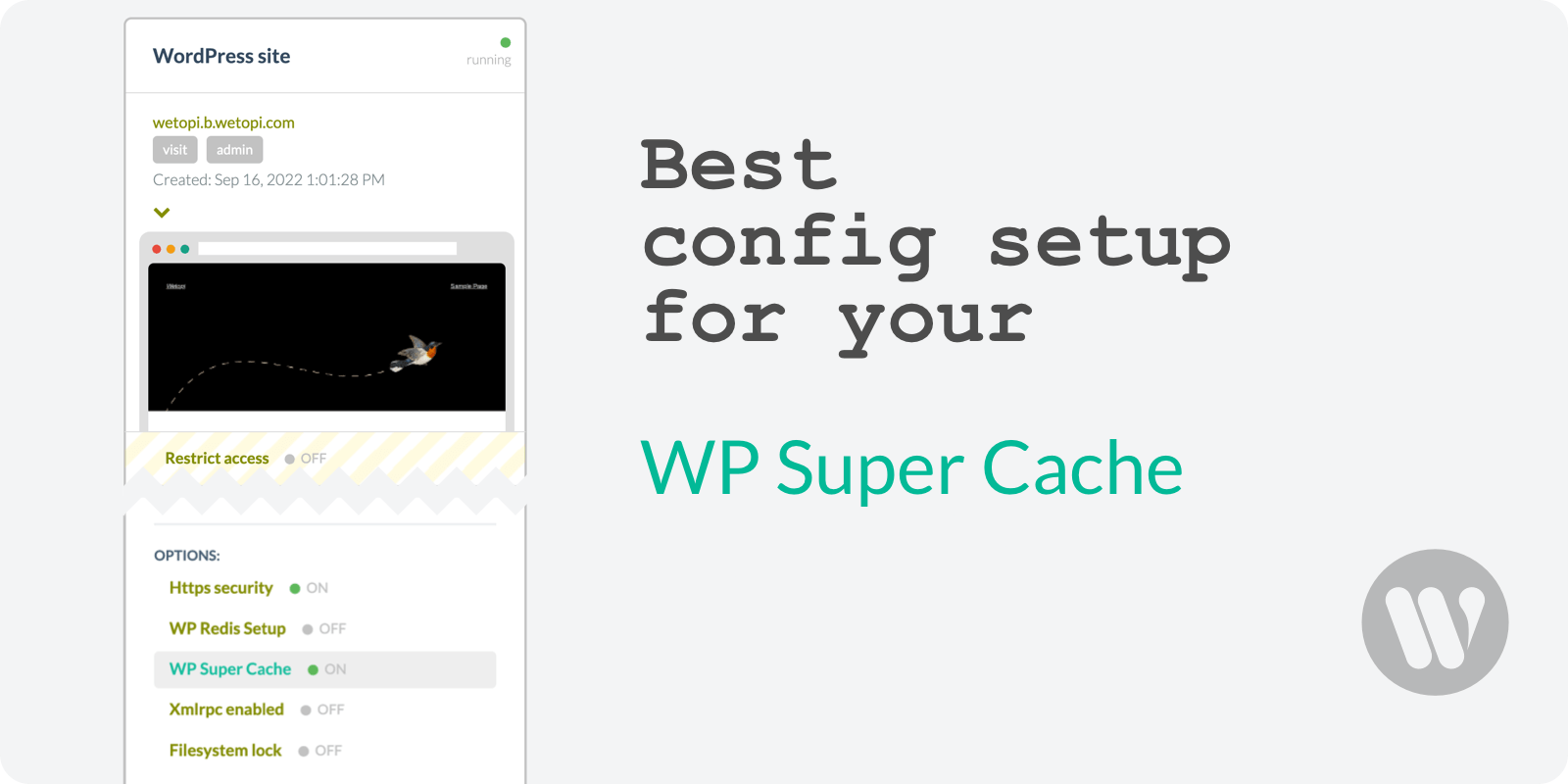
How To Configure WP Super Cache
Discover the key aspects to configure WP Super Cache and be able to serve the pages of your WordPress website at maximum speed
-
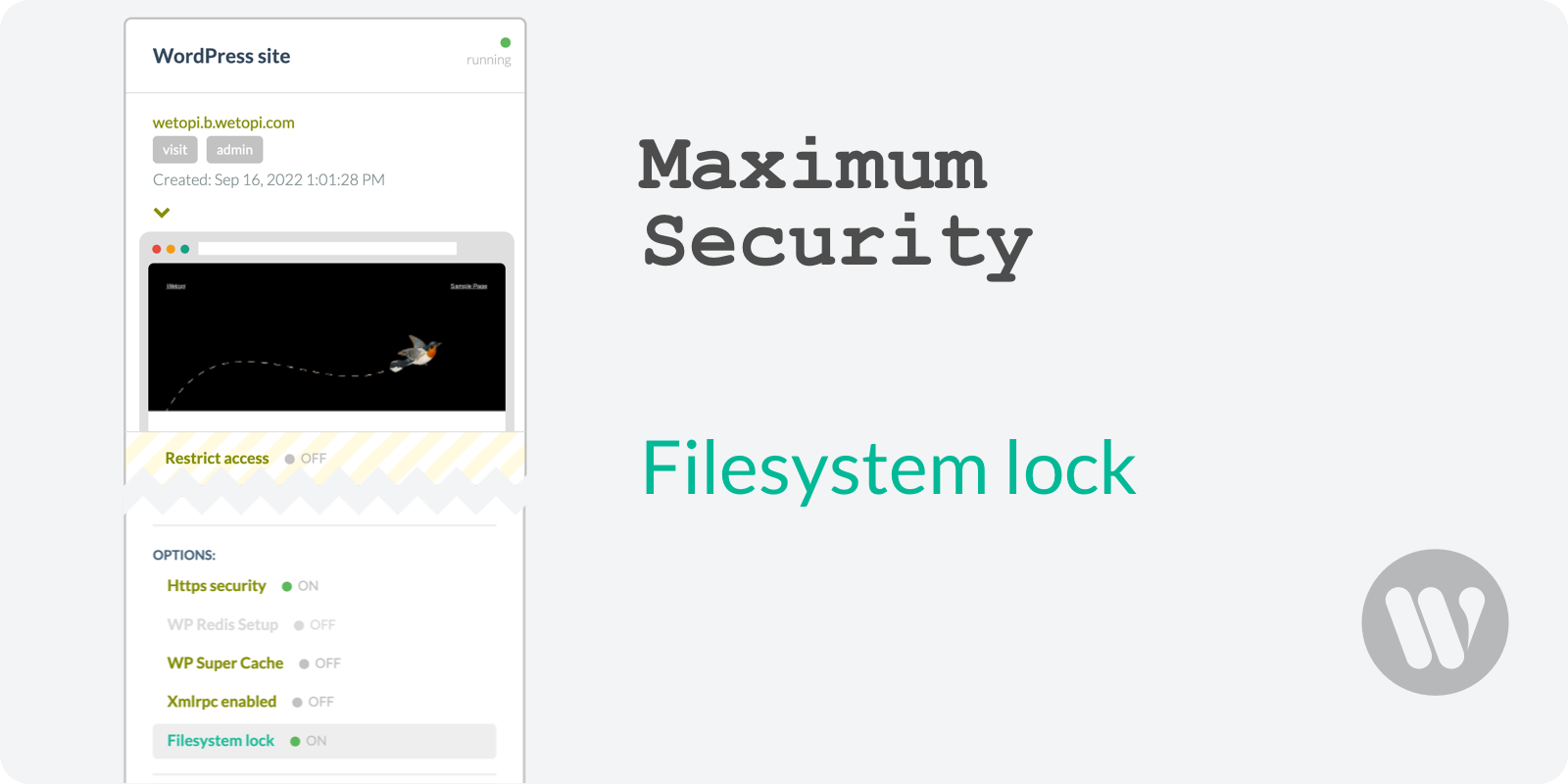
WordPress File Permissions: When and How to Lock Them for Maximum Security
WordPress File Permissions means that some neat features of WordPress come from allowing various files to be writable by the web server. However, allowing write access to your files is potentially dangerous, particularly on WordPress…
-

Hosting sites at Wetopi since 2019 with Ricard Menor
“The first “wow experience” was that I could recover a backup in 60 seconds.”
-
Status code 504 Gateway Timeout How to Fix Quick guide
Understand the HTTP status code 504 Gateway Timeout error: What are the causes and how to fix it. What is the status code 504 Gateway Timeout error? The status code 504 Gateway Timeout error occurs when an intermediary…
-
HTTP 503 Error: Understanding and fixing the issue
When you encounter the “Http Error 503 Service Unavailable” message while browsing the web means that the server you are trying to access is temporarily unable to handle your request..
-
How to Fix a 502 Bad Gateway Error (Updated Guide)
Understand the HTTP 502 Bad Gateway error: What are the causes and how to fix them.
-
HTTP 499 Client Closed Request: The Top 3 Most Common Causes And How To Fix 499 status code
Understand the 499 status code Client Closed Request error: What are the causes and how to fix it.
-
HTTP Error 403 Forbidden: Quick Guide To Fix it (updated)
Understand the HTTP 403 Forbidden error: What are the causes and how to fix it.
-
Do we still need to use AMP for our WordPress websites?
Google started Accelerated Mobile Pages back in 2015. It had a considerable push by being included as Top Stories in Mobile Search Results, Google Ads Sales teams, and native AMP WordPress plugins. The reason for…